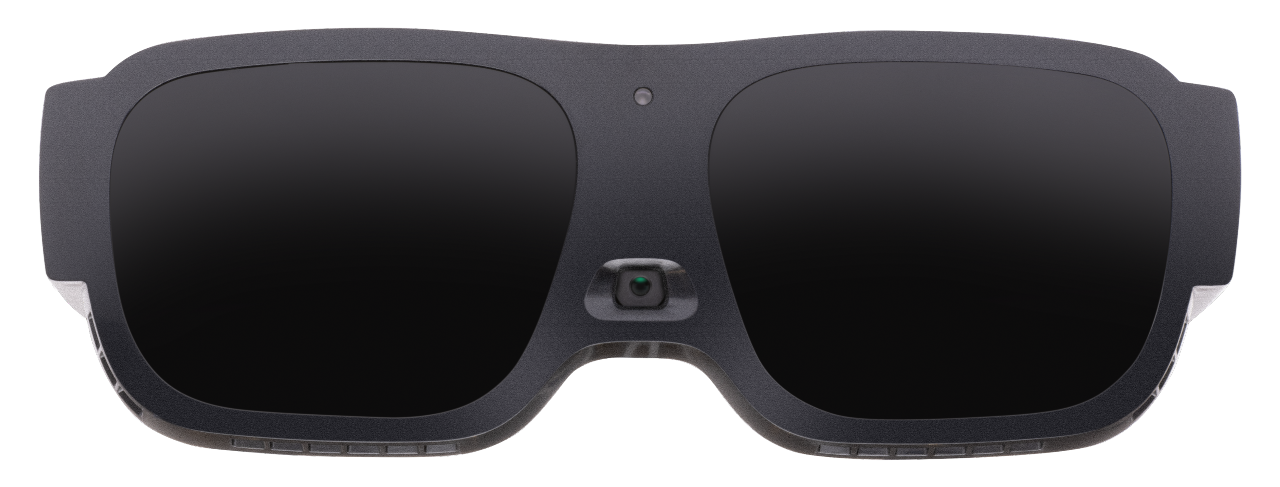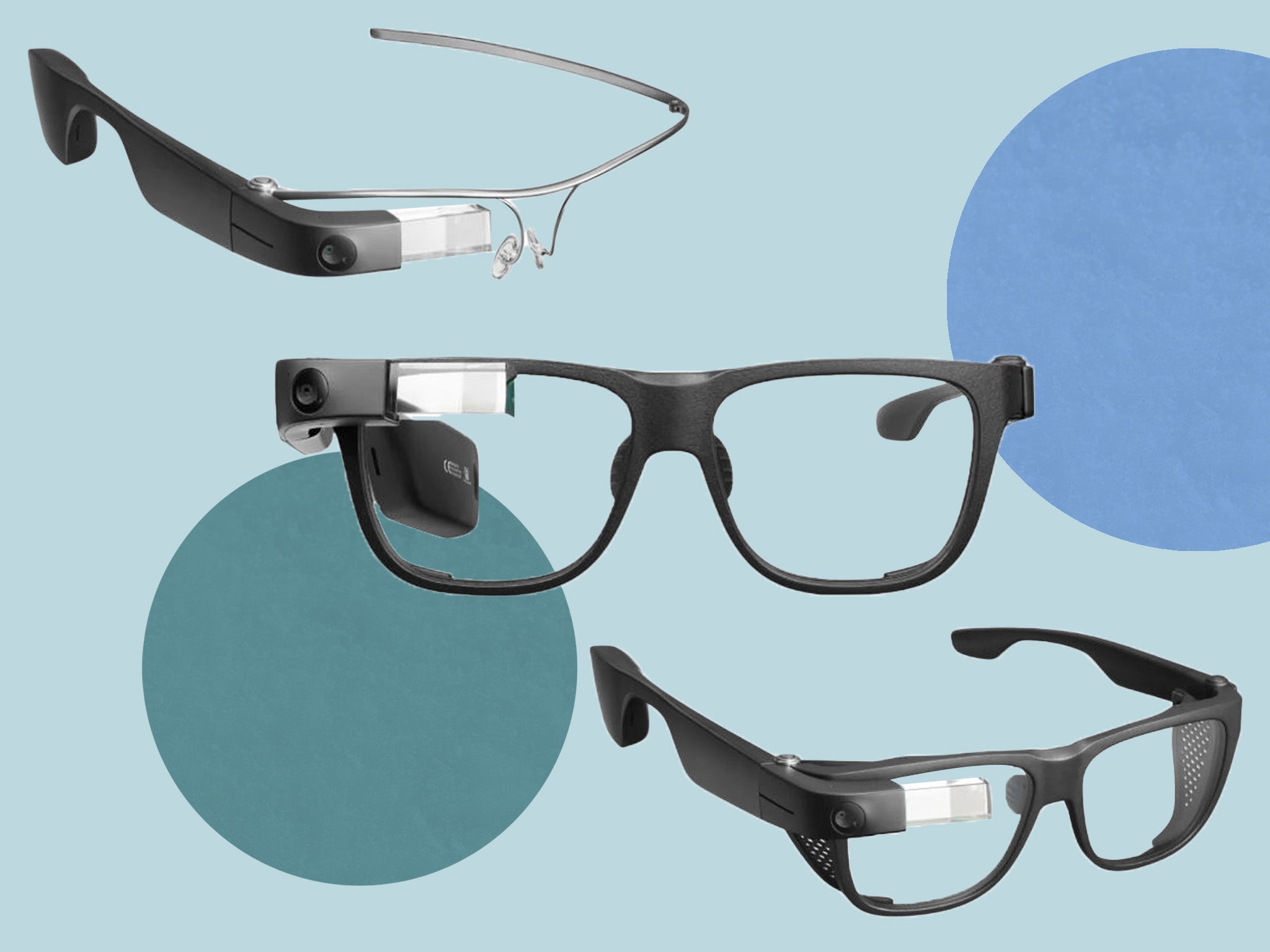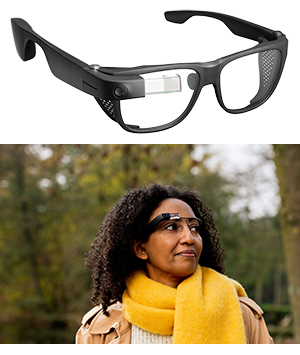Enhancing Accessibility Through Assistive Technology for the Blind
The combination of assistive innovation for the blind represents a critical development in ease of access, essentially changing exactly how individuals navigate their environments and involve with culture. From display visitors to ingenious smart canes, these tools not just improve self-reliance yet likewise promote inclusivity in numerous rounds of life. As we explore the varied types of assistive devices and their tangible influence on daily living, it becomes important to analyze how ongoing technical innovations are improving the landscape of support for the blind community. What effects do these growths hold for the future of availability?
Review of Assistive Innovation
Assistive technology describes a series of tools and software created to enhance the capacities of individuals with specials needs, including those that are blind or aesthetically impaired. This technology plays a critical role in advertising independence and enhancing the top quality of life for individuals. By offering alternative approaches for accessing information and doing day-to-day tasks, assistive modern technology empowers people to browse their environments better.
The advancement and execution of assistive technology accept a selection of concepts focused on promoting access. These concepts include user-centered style, which focuses on the needs and preferences of the individual, and the assimilation of modern technology into daily tasks. Such innovations ensure that assistive devices are not only practical yet also intuitive and simple to make use of.
Furthermore, assistive technology includes a diverse spectrum of services, from low-tech choices like magnifiers to state-of-the-art technologies such as display viewers and Braille display screens. The ongoing evolution of this field is driven by the need to address the distinct challenges faced by people with visual impairments (Wearable technology for low vision). As technology remains to advancement, the potential for enhancing accessibility and promoting inclusivity remains encouraging, inevitably adding to an extra fair society

Sorts Of Assistive Devices
Various sorts of assistive tools are available to support people that are blind or visually impaired, each created to resolve specific requirements and difficulties. These tools can be generally categorized into three main types: low-tech, mid-tech, and modern options.
Low-tech tools include items such as magnifiers, Braille tags, and tactile maps. These are relatively basic devices that boost the user's ability to communicate with their atmosphere without needing complicated innovation.
Mid-tech devices typically include much more sophisticated functions, such as electronic magnifiers and portable Braille note-takers. These devices can offer functionalities like speech result, permitting customers to gain access to info a lot more effectively.

Influence On Daily Living
The schedule of numerous assistive tools dramatically boosts the top quality of life for people that are blind or aesthetically damaged, affecting their daily living in profound ways. By incorporating modern technologies such as display visitors, Braille shows, and audio description services right my latest blog post into their regimens, individuals get higher autonomy and independence. These devices promote accessibility to info, enabling people to execute daily tasks, such as reading e-mails, browsing public areas, and delighting in media content.
In addition, assistive gadgets equip individuals to involve more fully in social communications and neighborhood activities. The capability to use smartphones outfitted with availability attributes enables for seamless communication and link with others. This connection fosters a feeling of belonging and minimizes feelings of seclusion.
In expert settings, assistive modern technology supports performance by enabling individuals to total work jobs efficiently. Devices like voice recognition software program and specialized zoom devices make it possible for users to get involved in the workforce on equivalent footing with their sighted peers.

Advancements in Technology
Current technical improvements have considerably transformed the landscape of devices readily available for people who are aesthetically damaged or blind. The combination of expert system (AI) and equipment understanding has actually generated applications that boost navigating and object recognition. As an example, mobile phone apps can currently use AI to determine and describe environments in real-time, offering users with beneficial contextual info.
Additionally, innovations in haptic innovation have brought about the advancement of clever walking sticks equipped with sensing units that spot barriers and supply responsive feedback. This encourages individuals to browse their atmosphere with raised confidence and freedom. Developments in text-to-speech software program and braille displays visiondrive have boosted the availability of digital web content, allowing for seamless communication with numerous media.
Wearable technologies, such as wise glasses, are additionally making strides in aiding visual problems. As modern technology proceeds to develop, the potential for also more transformative tools remains on the horizon.
Future Trends and Innovations
As technology rapidly proceeds, the future of assistive devices for people that are blind holds immense pledge. Developments in expert system (AI) and device knowing are poised to revolutionize the way blind users connect with their settings. For instance, AI-driven applications are being developed to enhance things recognition, enabling individuals to determine and browse their environments with higher simplicity and accuracy.
Moreover, improvements in haptic comments technology are enabling the development of tactile maps and navigation help that provide real-time details via touch. These technologies not only boost mobility but likewise foster freedom. Furthermore, wearable tools outfitted with increased fact (AR) features are emerging, using users aesthetic eye care services information through sound descriptions, therefore linking the void between the physical and digital globes.
Additionally, the integration of wise home technology offers new possibilities for availability, permitting individuals to regulate their living settings via voice commands or mobile phone applications. As cooperation between technology designers and the blind neighborhood continues, the focus on user-centered style will certainly make sure that future advancements are tailored to satisfy the distinct needs of this populace (Wearable technology for low vision). The trajectory of assistive technology assures an extra empowering and inclusive future for individuals who are blind
Conclusion
In conclusion, assistive technology plays an essential duty in improving ease of access for people with aesthetic impairments. Constant improvements in modern technology and user-centered layout ensure that these tools provide properly to the unique demands of the blind area.
The assimilation of assistive technology for the blind represents an essential improvement in ease of access, essentially altering exactly how individuals navigate their environments and engage with culture.Assistive modern technology refers to a range of gadgets and software program created to boost the abilities of individuals with impairments, consisting of those that are visually damaged or blind. Wearable technology for low vision.As modern technology swiftly advances, the future of assistive devices for people who are blind holds enormous assurance. The trajectory of assistive technology guarantees an extra empowering and inclusive future for individuals that are blind
In final thought, assistive modern technology plays a crucial function in improving ease of access for people with aesthetic problems.